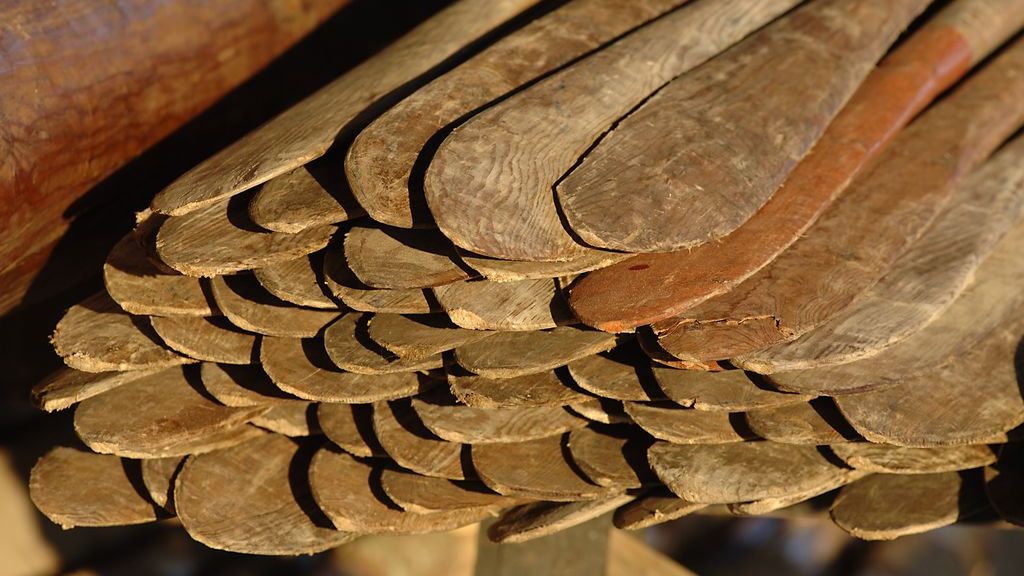Project to investigate and protect Europe’s Underwater Cultural Heritage
The seas of Europe contain the remains of many thousands of shipwrecks and prehistoric settlement sites and landscapes that became submerged following the last ice age. Under current European legislation (The Treaty of Valletta, 1992) the potential effects of subsea development on the underwater cultural heritage (for example the placing of cables, pipelines, offshore wind mill parks), must be assessed in advance of any such developments. A new three year project, sponsored by the European Commission’s Seventh Framework Program, SASMAP, (Development of Tools and Techniques to Survey, Assess, Stabilise, Monitor and Preserve Underwater Archaeological Sites) started in September 2012 with the aim of enhancing the techniques and methods currently used to assess and protect the underwater cultural heritage.
What is there and where is it?
One of the main challenges in assessing underwater cultural heritage is finding the exact site locations on and in the seabed in a cost effective way. Commonly this is done using sophisticated marine geophysical and remote sensing techniques. The project will further advance the use of these techniques by adopting cutting edge technology, such as satellite imagery and multibeam surveying and developing advanced new methods, including a 3D sub-bottom profiler to see what lies embedded in the seabed in three dimensions. Combined, these complimentary cost-effective surveys will make it possible to create an overview of where prehistoric settlement sites are.
State of preservation?
Having located shipwrecks and prehistoric settlement sites there is a need to confirm and assess the degradation and what potential threats there are to them – can it be left where it is in situ or does it need to be excavated due to potential threats from the natural environment or from human activities? New tools will be developed to assess the degradation of wood; one of the most commonly used materials in the past for ship building and tool making, and equipment to assess if the surrounding environment is conducive to the future preservation of the site.
Protection for the future?
Commonly, underwater archaeological sites are preserved in situ but additional measures of protection may need to be applied to prevent their loss. Using techniques from the off-shore oil industry ways of stabilising sites in shallow and deep water will be tested. Sometimes this is not possible and it is better to excavate and raise artefacts and methods to ensure the safe raising what are often fragile artefacts will also be developed.
A team of experts come together to investigate Europe’s Underwater Cultural Heritage
Researchers in the project include marine archaeologists, wood conservators, wood biologists, geologists, geophysicists, geochemists and marine spatial modellers from Denmark, Sweden, Germany, The Netherlands, Italy, Greece and the United Kingdom. In line with the European Commission’s desire to support the development of Small Medium Enterprises (SMEs) in research projects, a total of four small private companies will develop tools and techniques to aid in the localisation, assessment and protection of underwater archaeological heritage. The overall goal is to develop tools and techniques and guidelines of best practice to help the way the underwater cultural heritage is investigated and administered in relation to current European legislation and these will be trialled on sites in Denmark, The Netherlands, Italy and Greece.
Facts
SASMAP is a three year project sponsored by the European Commission’s Seventh Framework Programme, which started in September 2012. The overall goal of the project is to advance the techniques and tools used in marine archaeological investigations in accordance with the requirements of the Treaty of Valleta (1992). The project will be carried out by 11 partners, including, Universities, Museums, Cultural Heritage and other Government Agencies. Four of the partners are small medium enterprises (SMES). The output of the project will be prototype equipment and guidelines for managing the underwater cultural heritage.
The developments of the project can be followed on the SASMAP homepage.
» <link http: sasmap.eu external-link-new-window external link in new>Click here to open the SASMAP homepage (external link, opens in new window)...
![[Translate to english:] Marinarkæolog undersøger en undersøisk stenalderboplads i Danmark. Foto: Morten Johansen, Vikingeskibsmuseet [Translate to english:] Marinarkæolog undersøger en undersøisk stenalderboplads i Danmark. Foto: Morten Johansen, Vikingeskibsmuseet](/frontend/_processed_/3/e/csm_Stendalderboplads_under_vand_Foto_Morten_Johansen_Vikingeskibsmuseet_01_5a48e08ce0.jpg)


